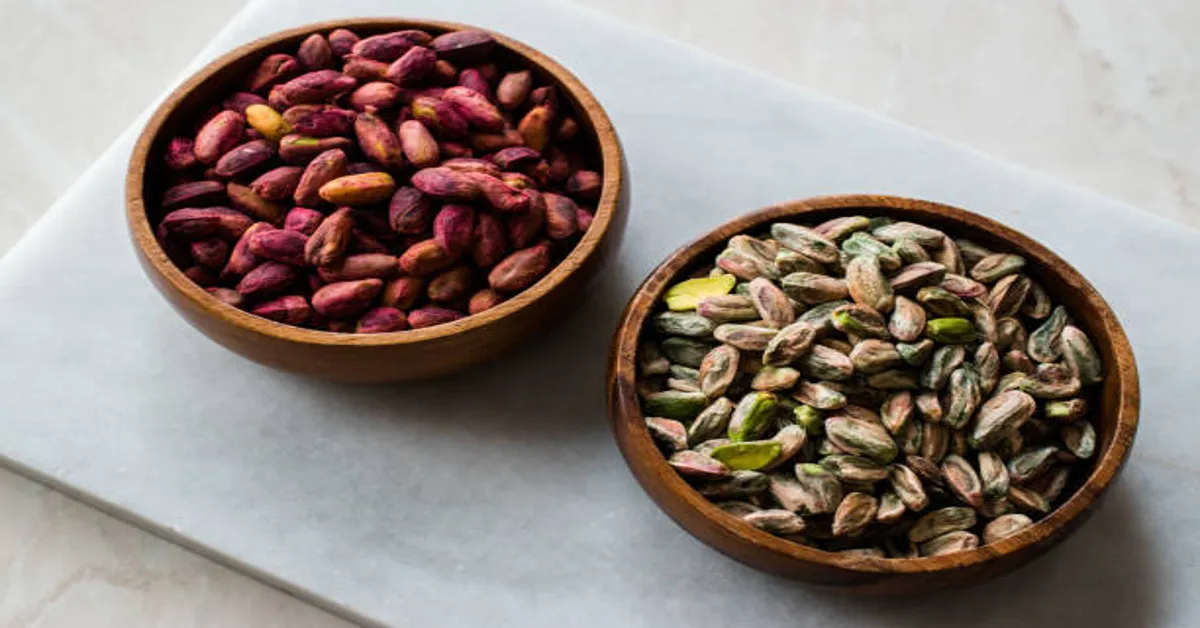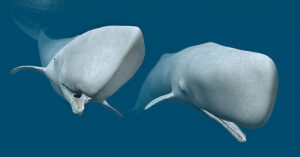Pista, more commonly known in English as pistachio, is a small but mighty nut that has been cherished for centuries. It’s more than just a snack—pistachios are a treasure trove of nutrients, history, and culinary potential. From the deserts of the Middle East to modern kitchens around the globe, pistachios have woven themselves into culture, cuisine, and even health practices. In this comprehensive guide, we will explore every aspect of pista and pistachio—from its origins and cultivation to its nutritional profile, health benefits, culinary versatility, and tips for buying, storing, and consuming them in the healthiest way possible.
Understanding Pista and Pistachio: What’s the Difference?
The term pista is commonly used in South Asian countries like India and Pakistan, while pistachio is the internationally recognized English word. Both refer to the same nut, harvested from the Pistacia vera tree. The nut is typically enclosed in a beige shell that naturally splits open when the seed matures, revealing a vibrant green kernel inside. This greenish hue is due to natural pigments—chlorophyll and carotenoids—that also contribute to its antioxidant properties.
Interestingly, although most people consider pistachios as nuts, botanically they are seeds of the drupe fruit produced by the pistachio tree. Unlike almonds, which grow inside a hard shell and require significant processing, pistachios often open naturally, making them easier to consume.
A Brief History and Cultural Significance
Pistachios have a deep history that stretches back over 9,000 years. Archaeological evidence shows they were consumed as early as 7000 BC in ancient Persia (modern-day Iran). They were prized not only for their taste but also for their high nutritional value and long shelf life, making them ideal for trade and long journeys.
They were considered a luxury food in the ancient world, often associated with wealth and hospitality. In fact, legend has it that pistachios were a favorite snack of the Queen of Sheba, and ancient royal courts used them as gifts and offerings. In the Middle East, pista and pistachio were believed to symbolize prosperity and happiness, and in many cultures, sharing pistachios was a sign of friendship.
Today, pista and pistachio are cultivated in many countries, including Iran, the United States (particularly California), Turkey, and Syria. They remain a staple in festive dishes, desserts, and hospitality traditions in various parts of the world.
The Pistachio Tree and Cultivation Process
The Pistacia vera tree thrives in arid climates with hot summers and cool winters. It’s a hardy tree that can tolerate saline soil and drought conditions, making it suitable for semi-desert regions. It typically grows up to 10 meters tall and has a long lifespan, with some trees producing nuts for over a century.
Pistachio trees are dioecious—meaning there are separate male and female trees. For pollination to occur, both types must be planted near each other. The blooming season generally starts in April, with harvesting taking place between late August and early October, depending on the region.
The cultivation process involves several stages:
- Flowering: The trees produce clusters of small flowers without petals.
- Fruiting: The fruit develops over several months, maturing into a hard beige shell that houses the green kernel.
- Harvesting: Traditionally done by shaking the branches, causing the fruits to fall onto nets.
- Processing: The nuts are hulled, dried, and sometimes roasted or salted before packaging.
Nutritional Profile of Pistachios
Pistachios are nutrient-dense, offering a unique combination of healthy fats, plant-based protein, fiber, vitamins, and minerals. A typical 28-gram (about 49 kernels) serving provides:
- Calories: Approximately 160
- Protein: 6 grams
- Healthy Fats: 13 grams (mostly monounsaturated and polyunsaturated)
- Fiber: 3 grams
- Vitamin B6: 25% of the Daily Value (DV)
- Thiamine (Vitamin B1): 20% DV
- Copper: 20% DV
- Manganese: 15% DV
- Potassium: 6% DV
- Magnesium: 8% DV
Pistachios are also rich in antioxidants, such as lutein, zeaxanthin, and polyphenols. These compounds combat oxidative stress and promote overall cellular health.
Health Benefits of Pista and Pistachio
a) Supports Heart Health
The monounsaturated and polyunsaturated fats in pistachios can help lower LDL (bad cholesterol) while raising HDL (good cholesterol). Regular consumption has been linked to improved blood vessel function and reduced inflammation—two key factors in cardiovascular health.
b) Helps in Weight Management
Despite being calorie-rich, pistachios can aid weight control because they are high in protein and fiber, both of which promote satiety. The act of shelling them also slows down consumption, giving your body more time to register fullness.
c) Blood Sugar Control
Pistachios have a relatively low glycemic index, meaning they don’t cause rapid spikes in blood sugar. The combination of healthy fats, fiber, and protein helps regulate glucose absorption, making them a smart snack for people with diabetes.
d) Eye Health
The lutein and zeaxanthin in pistachios protect against age-related macular degeneration, a leading cause of vision loss in older adults. These antioxidants also shield the eyes from harmful blue light.
e) Digestive Wellness
The fiber in pistachios supports healthy digestion by feeding beneficial gut bacteria. Some studies suggest that pistachios may enhance the diversity of the gut microbiome.
f) Rich Source of Plant Protein
Pistachios are one of the highest-protein snack nuts, making them a great choice for vegetarians, athletes, and anyone looking to boost protein intake without meat.
Culinary Uses of Pistachios
Pistachios are incredibly versatile in cooking and baking. They can be eaten raw, roasted, salted, sweetened, or blended into pastes. Some popular uses include:
- Snacking: Eaten plain or seasoned.
- Desserts: Used in ice creams, pastries, cakes, and puddings.
- Savory Dishes: Added to salads, pilafs, meat stuffings, and pesto sauces.
- Nut Butters: Blended into creamy pistachio butter.
- Garnishes: Sprinkled over yogurt, smoothies, or roasted vegetables.
In Middle Eastern cuisine, pistachios are a key ingredient in baklava, Turkish delight, and halva. In Italy, they flavor gelato and biscotti. In India, they decorate sweets like kulfi and barfi.
How to Choose and Store Pistachios
When buying pistachios:
- Look for shells that are naturally open—this indicates ripeness.
- Avoid nuts with shriveled kernels or an unpleasant smell.
- Choose unsalted varieties for maximum health benefits.
For storage:
- Keep them in an airtight container away from moisture and heat.
- Refrigeration extends freshness for several months.
- For long-term storage, freeze them in vacuum-sealed bags.
Possible Concerns and Allergies
While pistachios are safe for most people, some may have nut allergies that cause symptoms ranging from mild itching to severe anaphylaxis. They also contain a moderate amount of oxalates, which could contribute to kidney stone formation in sensitive individuals.
Additionally, salted pistachios can be high in sodium, which might be unsuitable for those with hypertension or sodium-restricted diets. Choosing raw or lightly salted options is a healthier choice.
Interesting Facts About Pistachios
- Pistachios are known as the “smiling nut” in Iran and the “happy nut” in China due to their open shells resembling a smile.
- They are one of the oldest flowering nut trees in human history.
- Pistachio shells can be recycled and used in crafts, mulch, or even as kindling.
Conclusion
Pista and pistachio, is far more than a tasty snack—it’s a powerhouse of nutrition, steeped in history and cultural significance. From supporting heart and eye health to adding a gourmet touch to both sweet and savory dishes, pistachios are a valuable addition to any diet. Choosing quality nuts, storing them properly, and enjoying them in moderation ensures you reap their full benefits.
Whether you call them pista and pistachio, this little green nut continues to win hearts and taste buds across the world, proving that great things often come in small packages.
ALSO READ: Instagram VIP Bio: The Complete Guide to a Powerful Profile
FAQs About Pista and Pistachio
1. Are pista and pistachio the same thing?
Yes, pista is simply another name for pistachio, commonly used in South Asia. Both terms refer to the same nut.
2. Can pistachios help with weight loss?
Yes, their combination of protein, fiber, and healthy fats can promote fullness, potentially aiding in weight management.
3. How many pistachios should I eat in a day?
A moderate serving is about 28 grams (around 49 kernels), which provides nutrients without excessive calories.
4. Are pistachios safe for people with diabetes?
Yes, they have a low glycemic index and can help stabilize blood sugar levels when eaten in moderation.
5. What’s the best way to store pistachios?
Store them in an airtight container in a cool, dry place. For longer freshness, refrigerate or freeze them.









